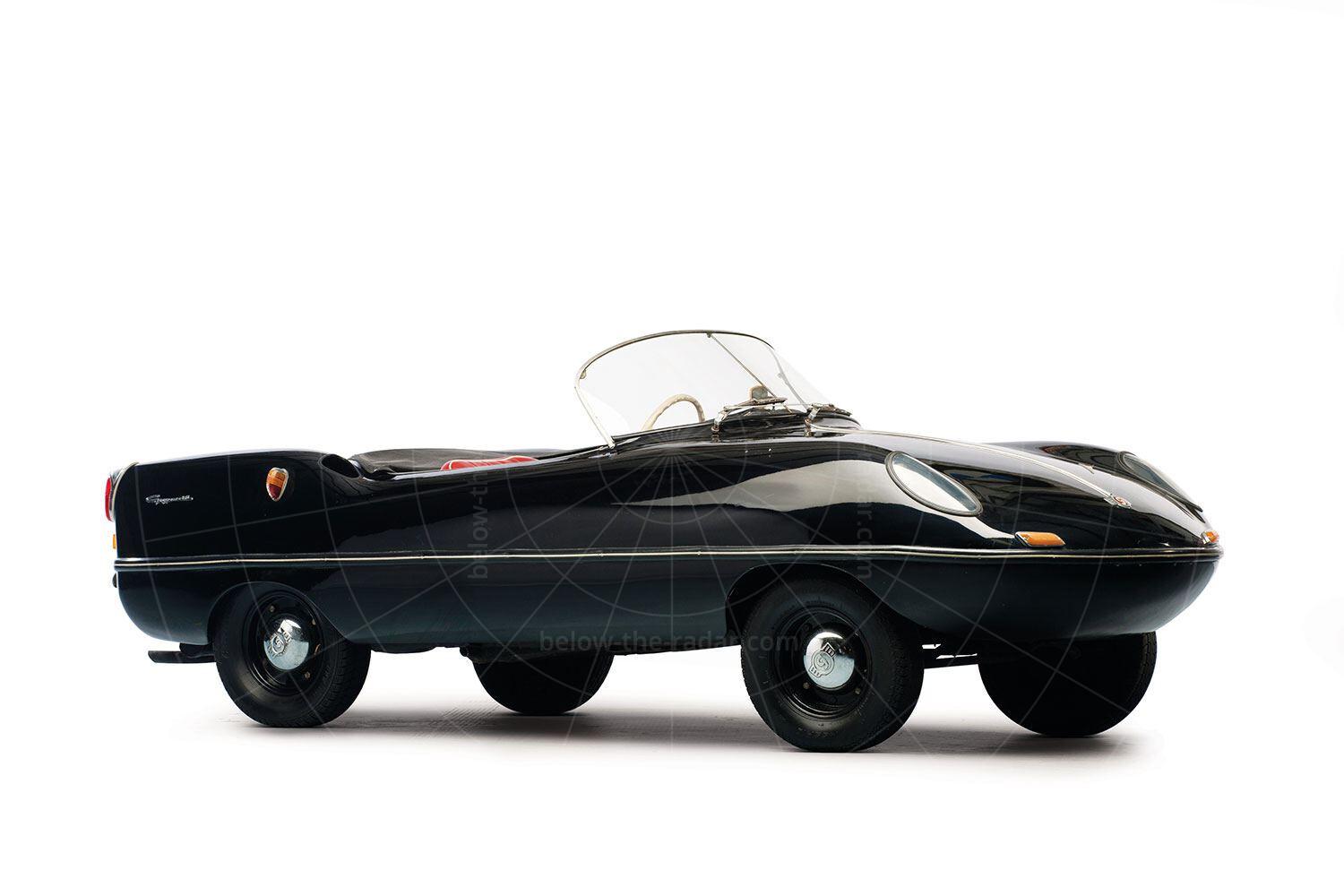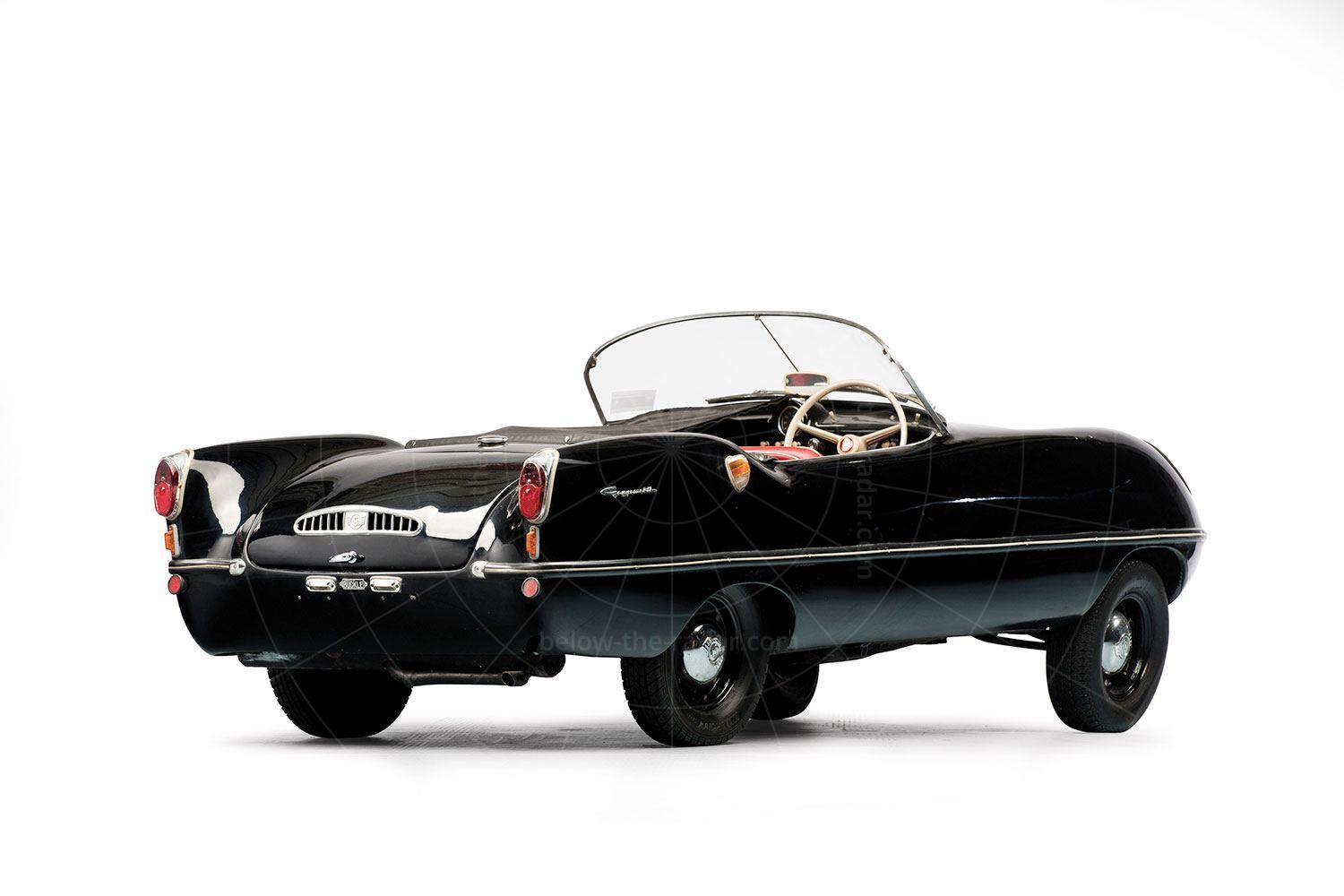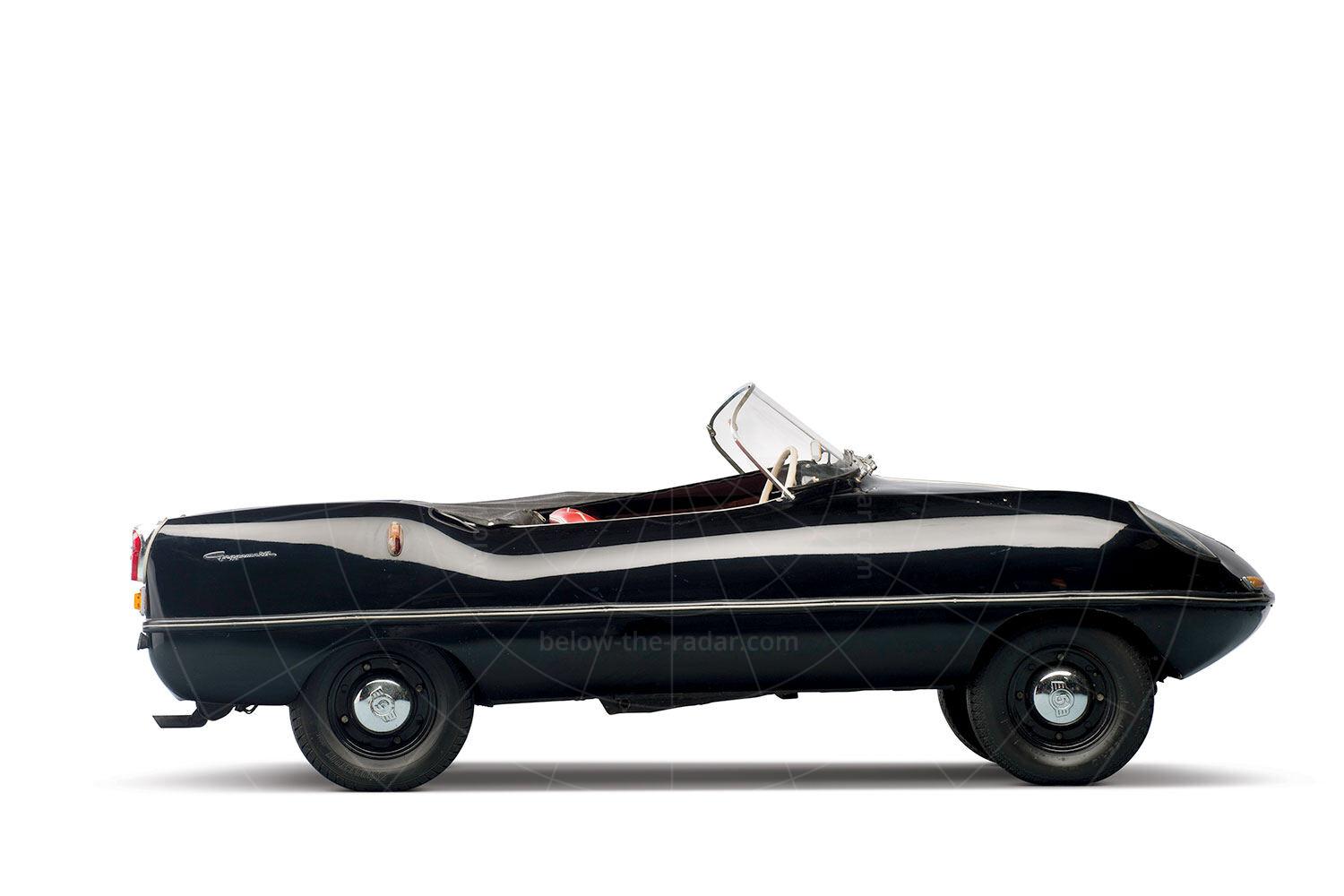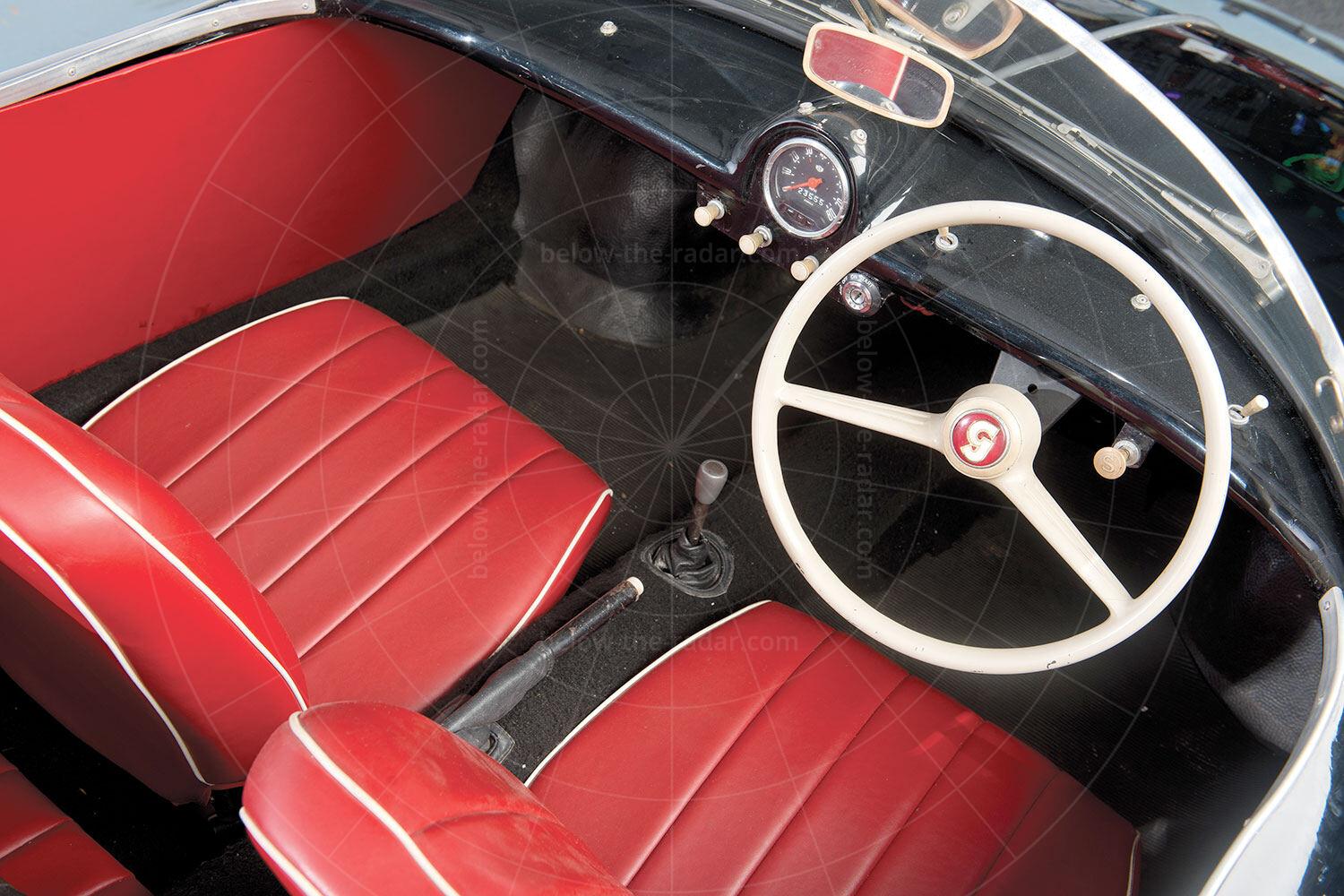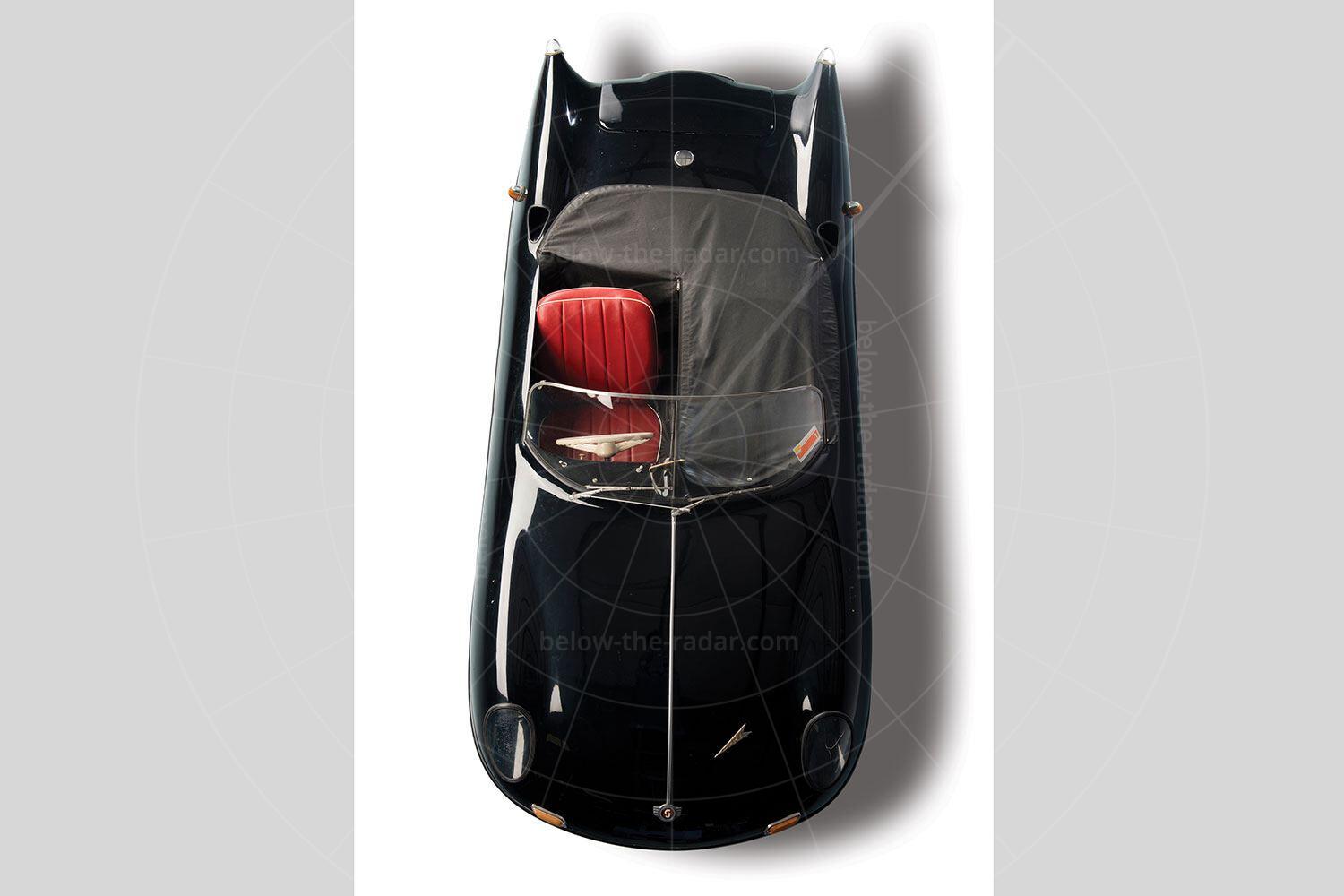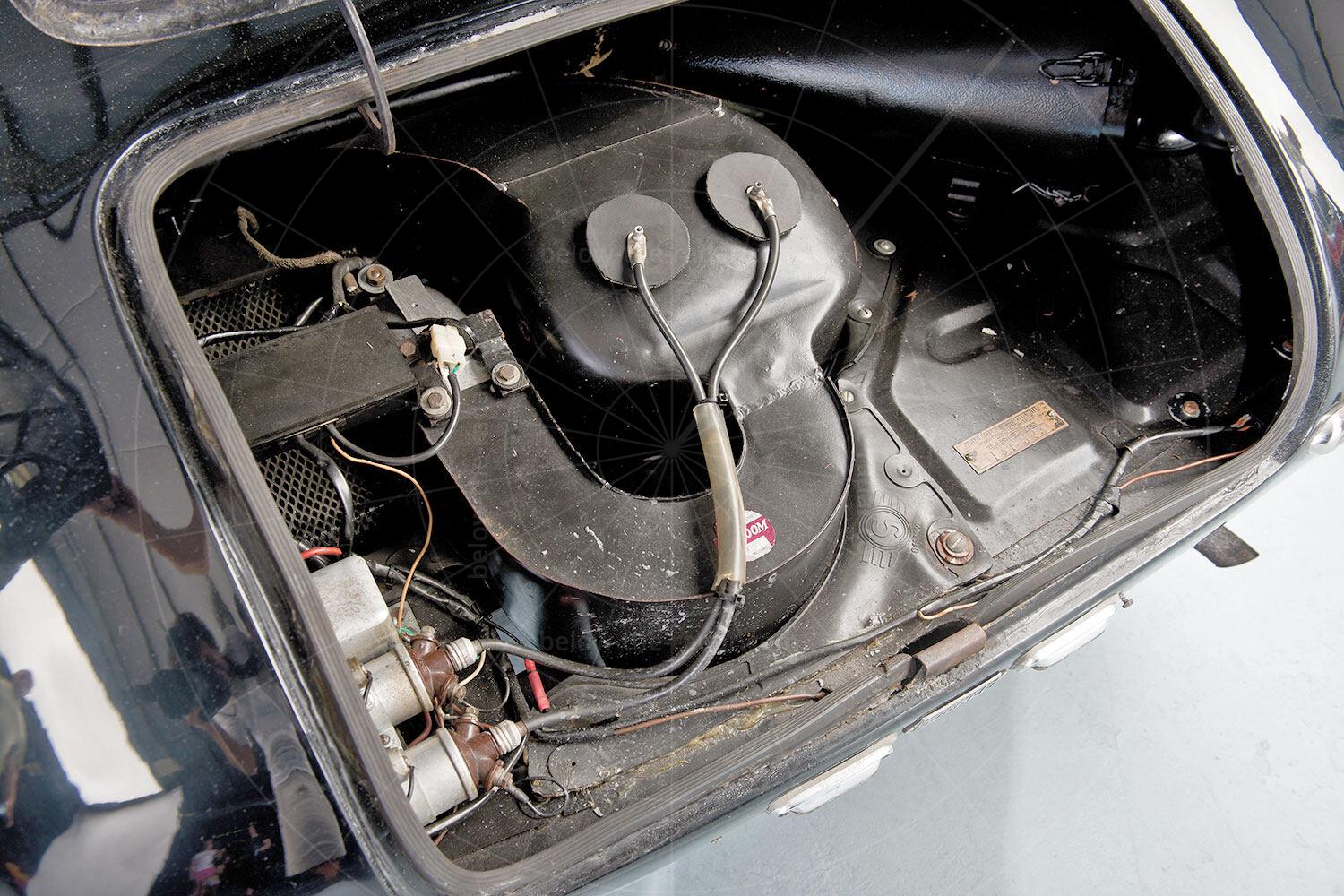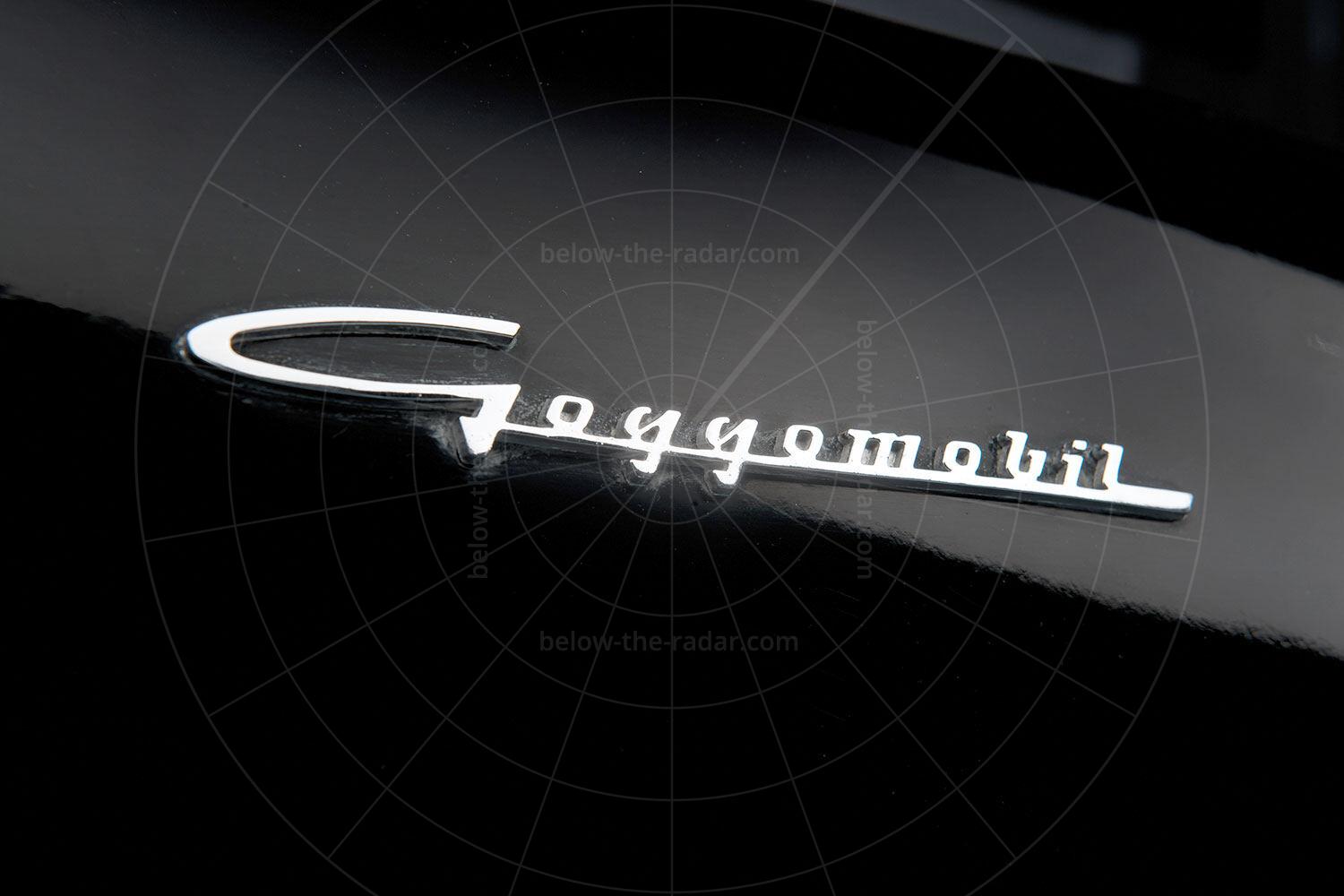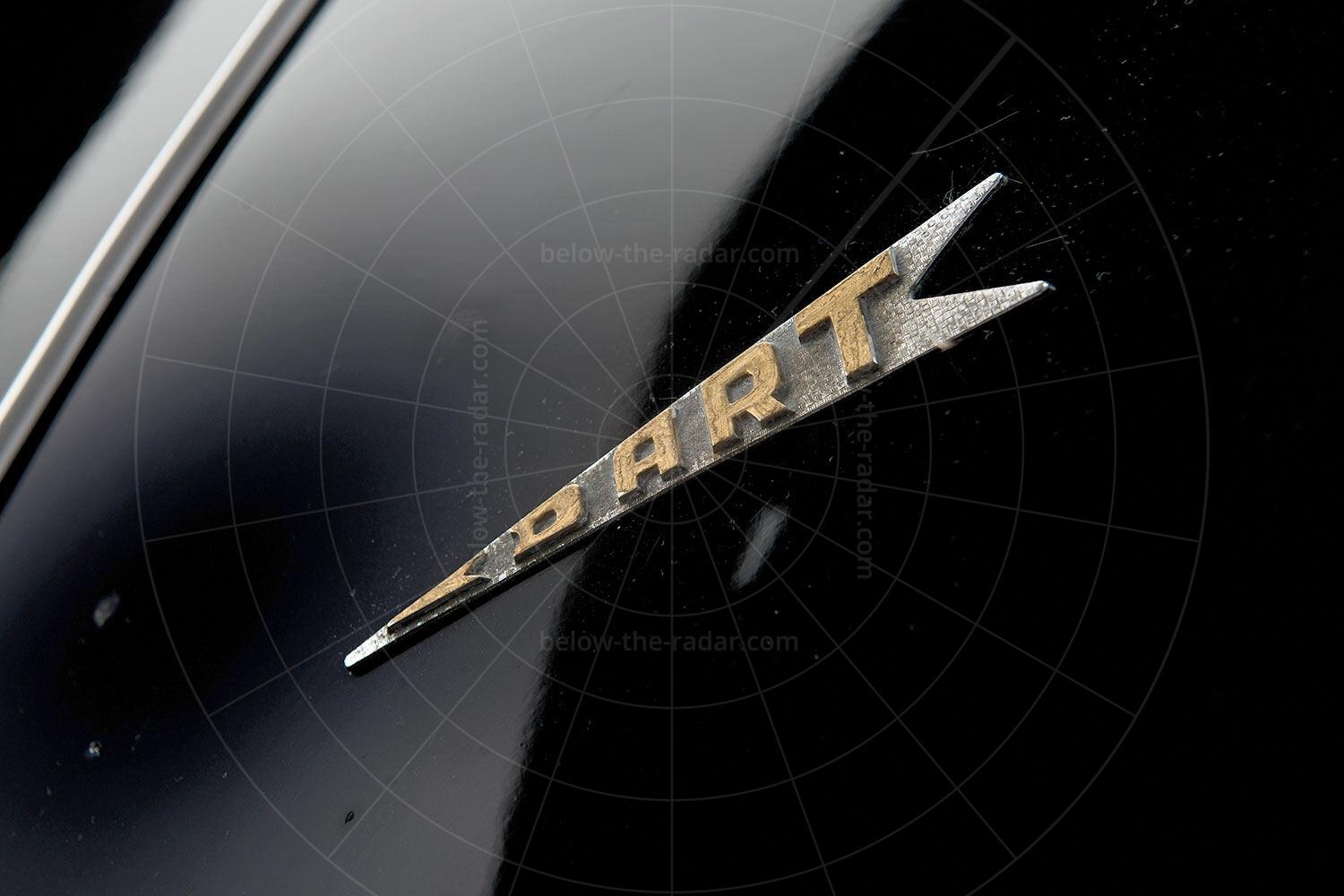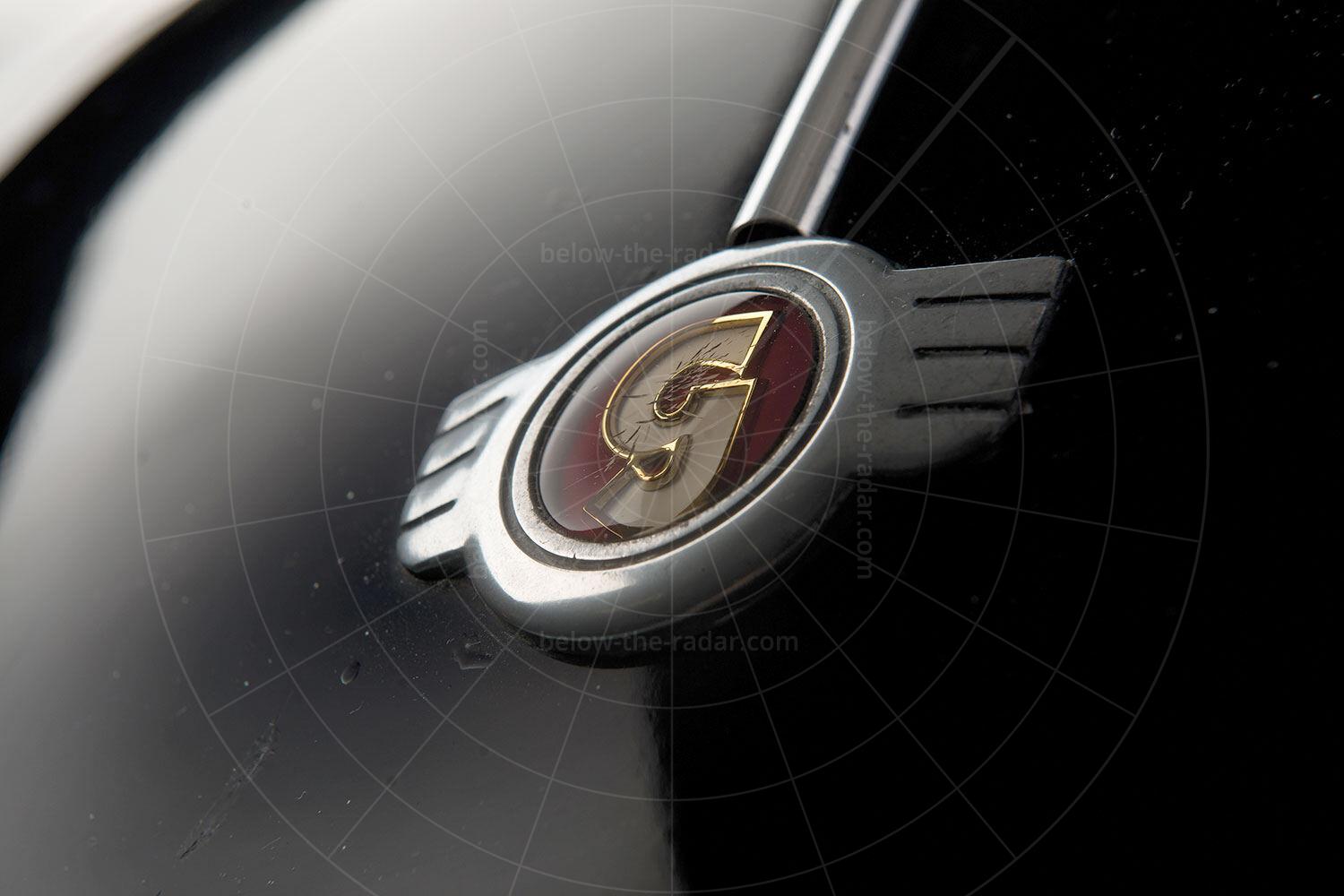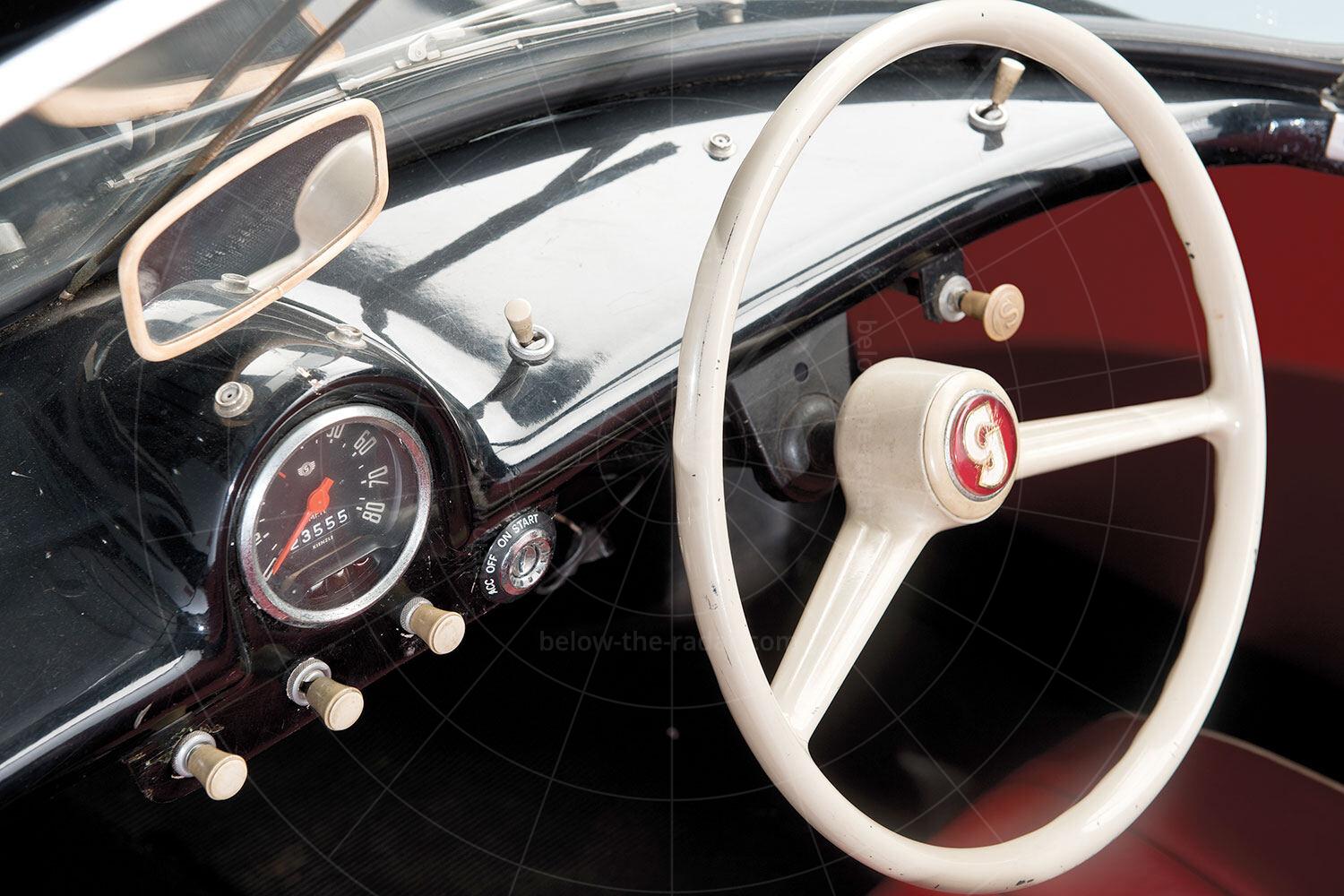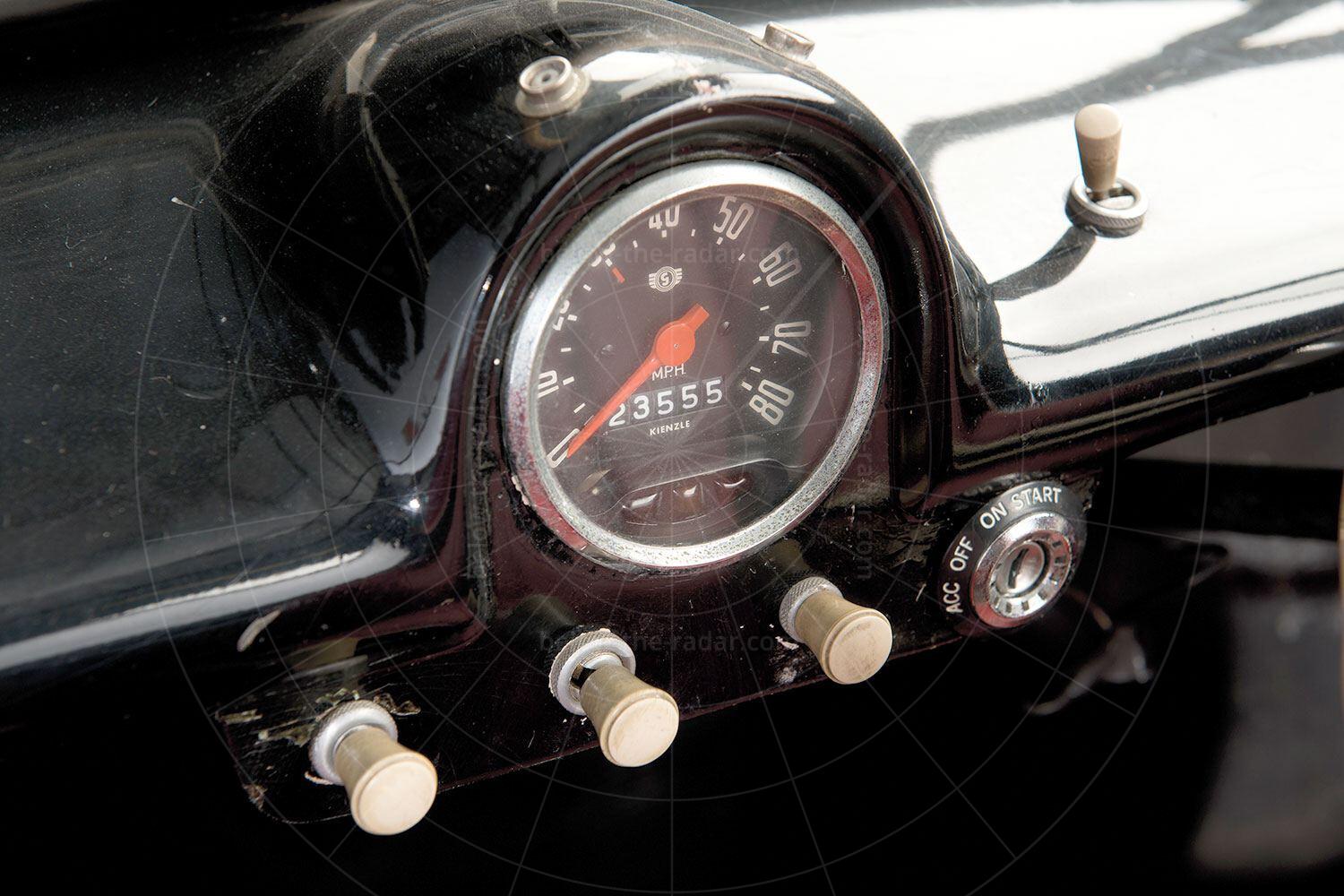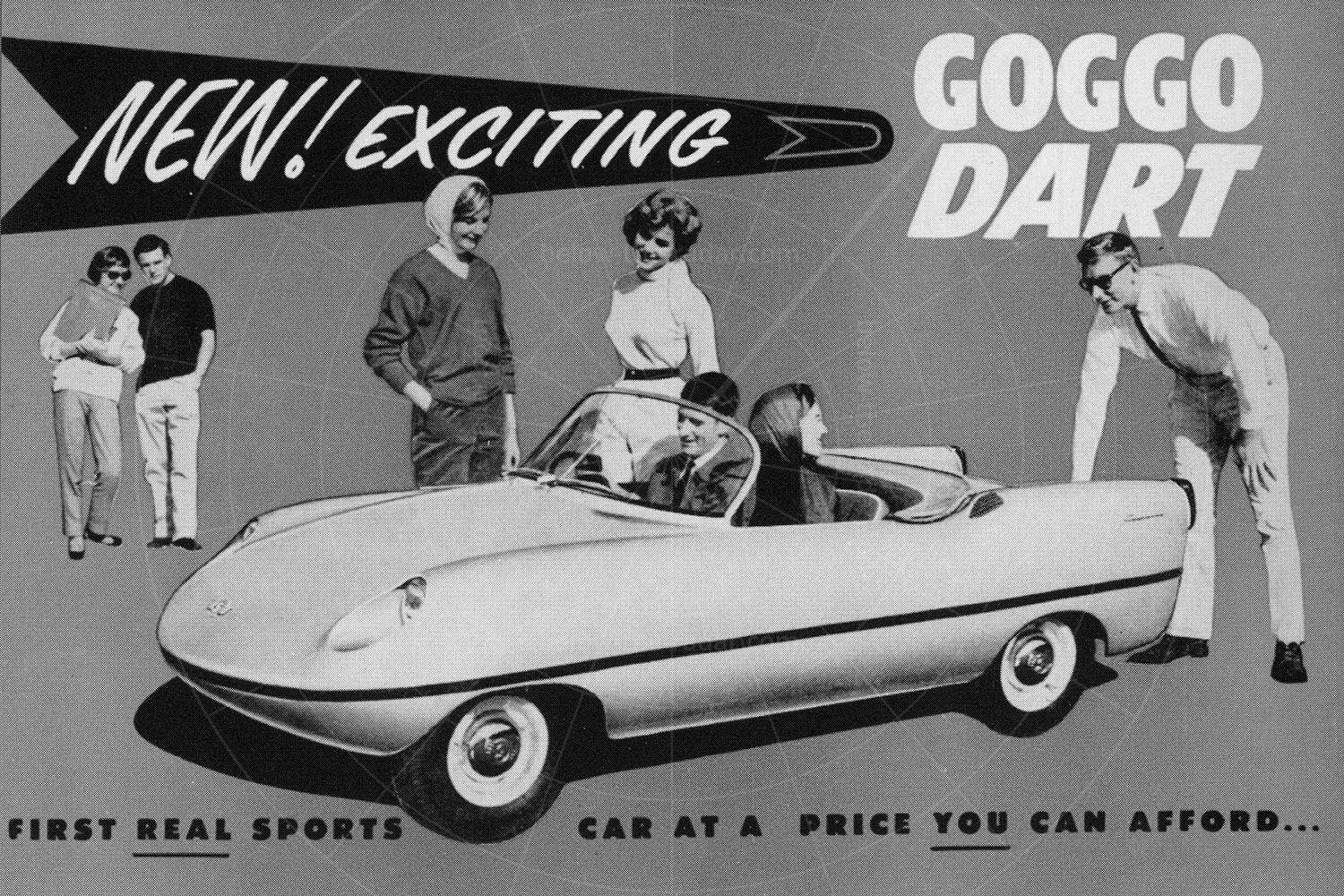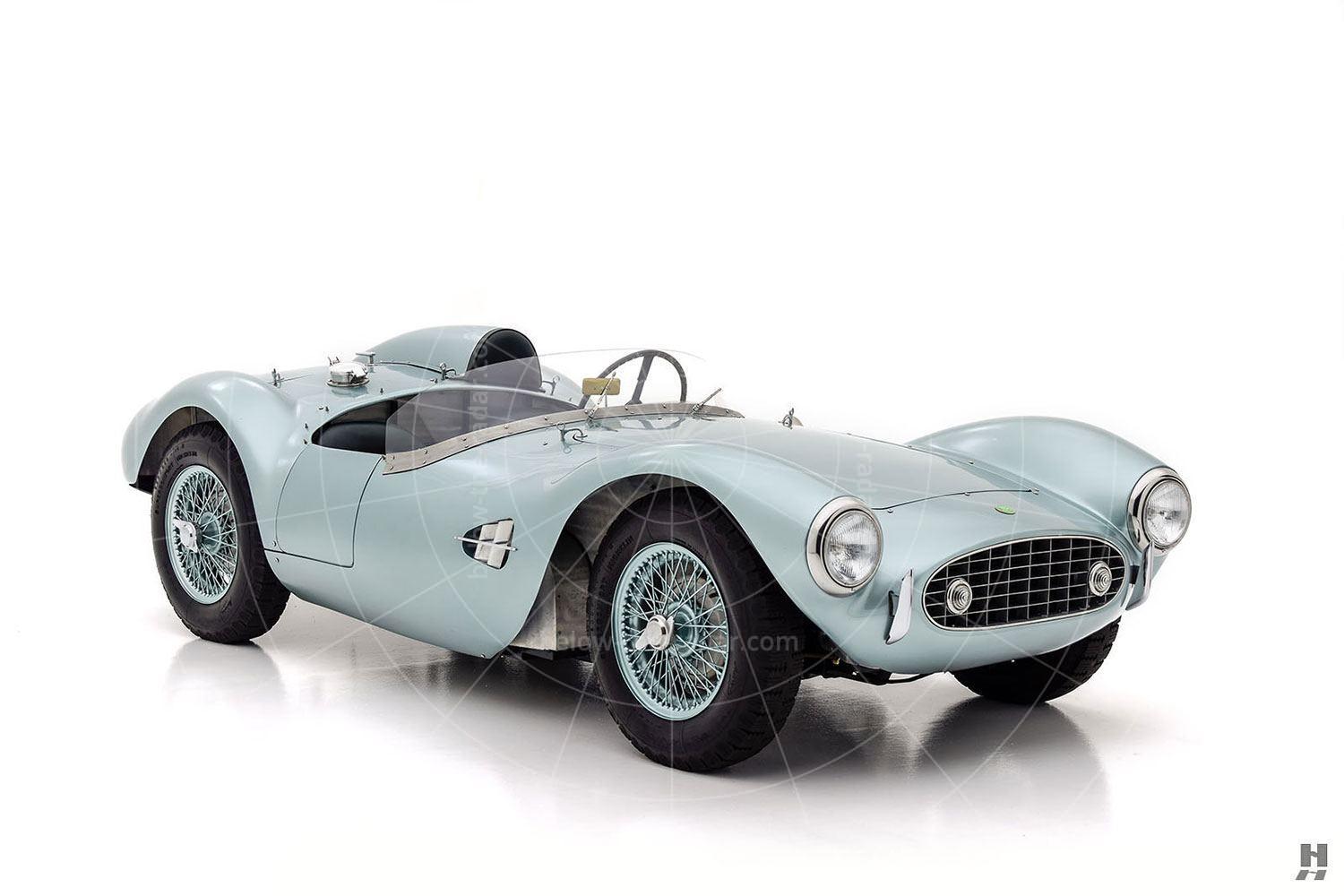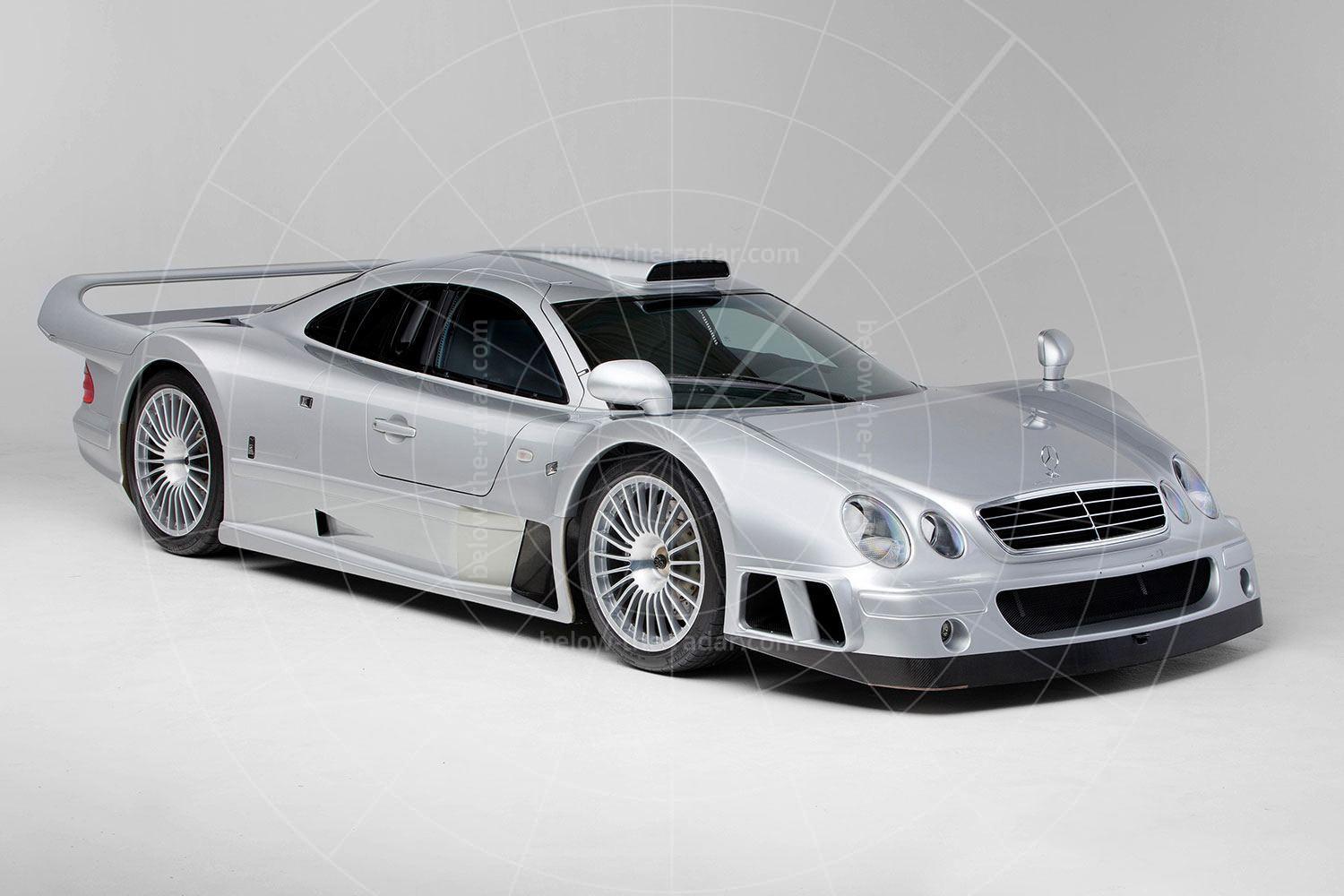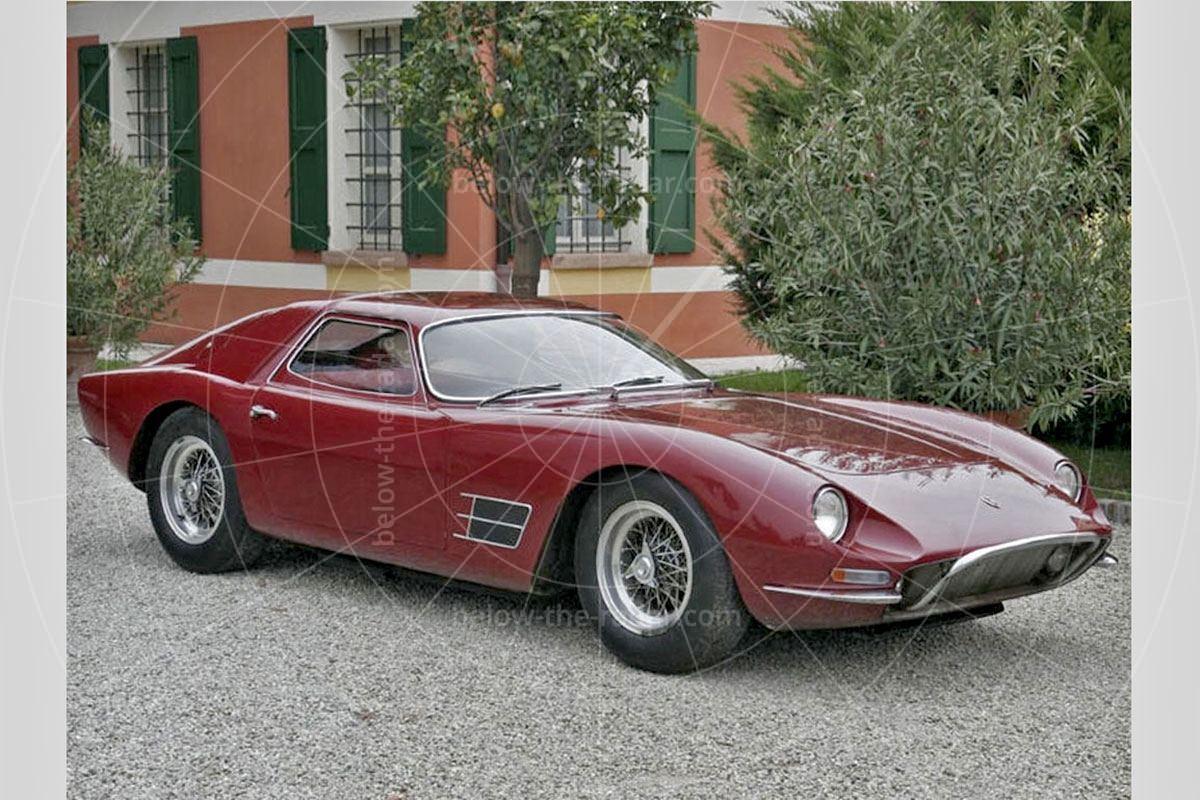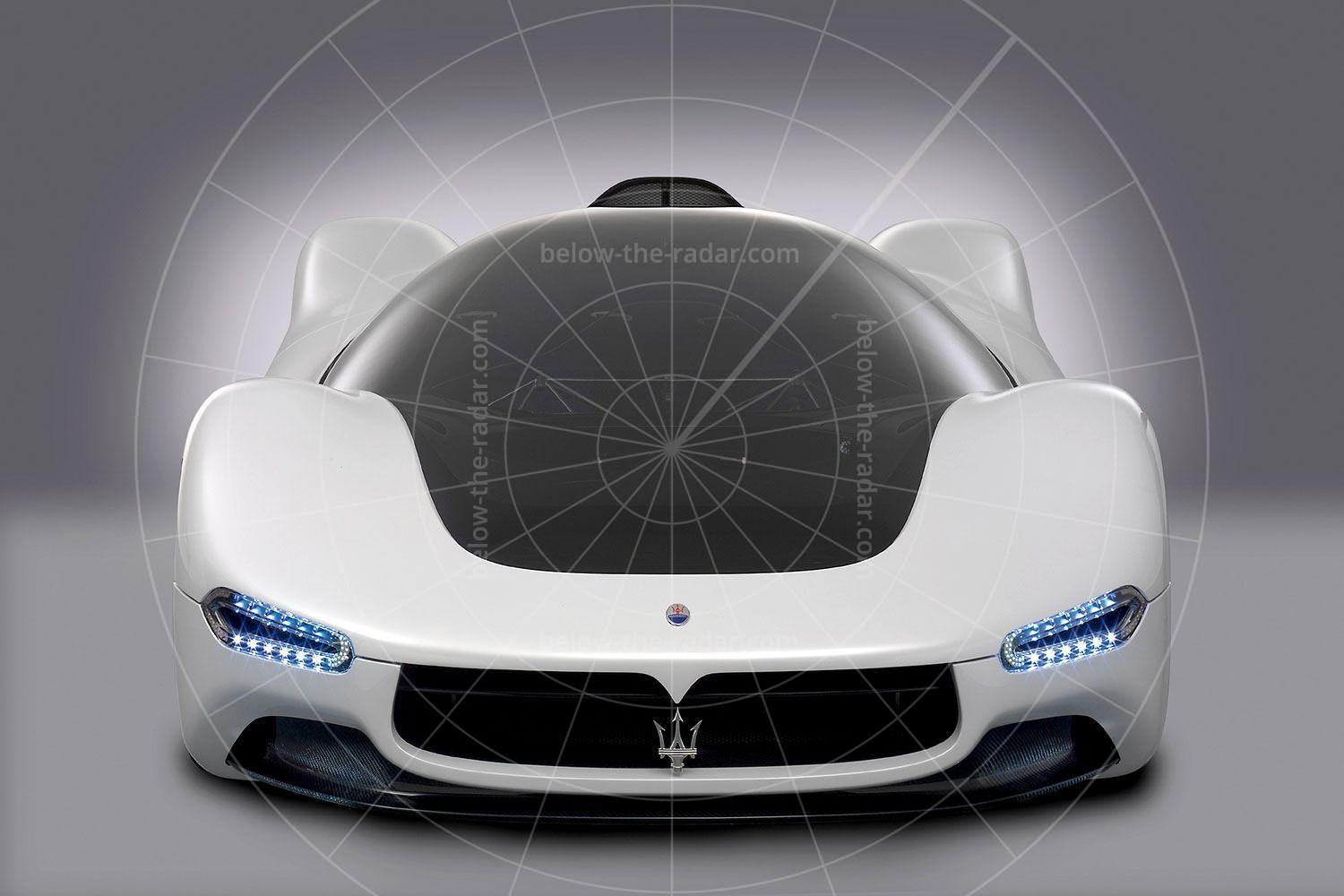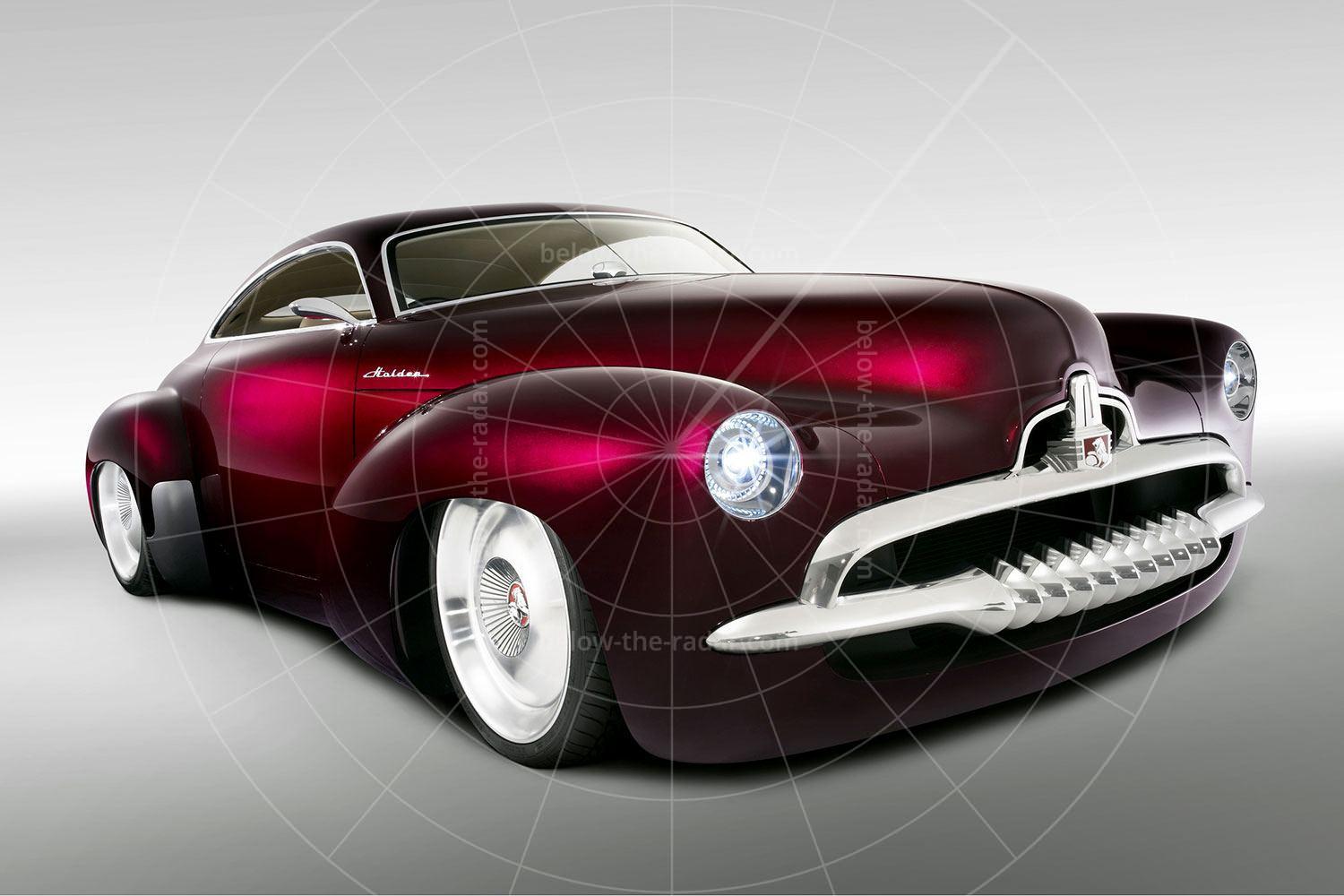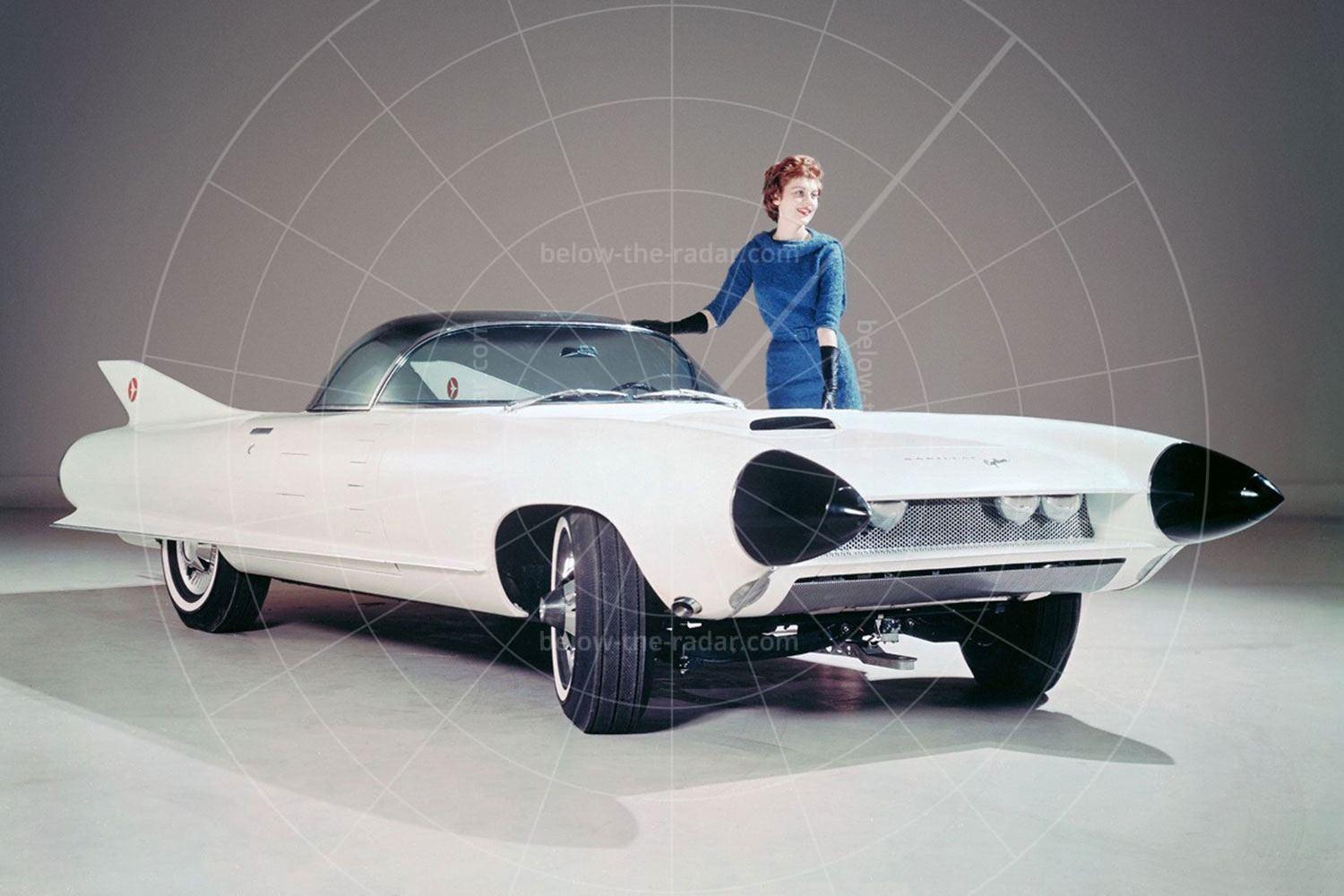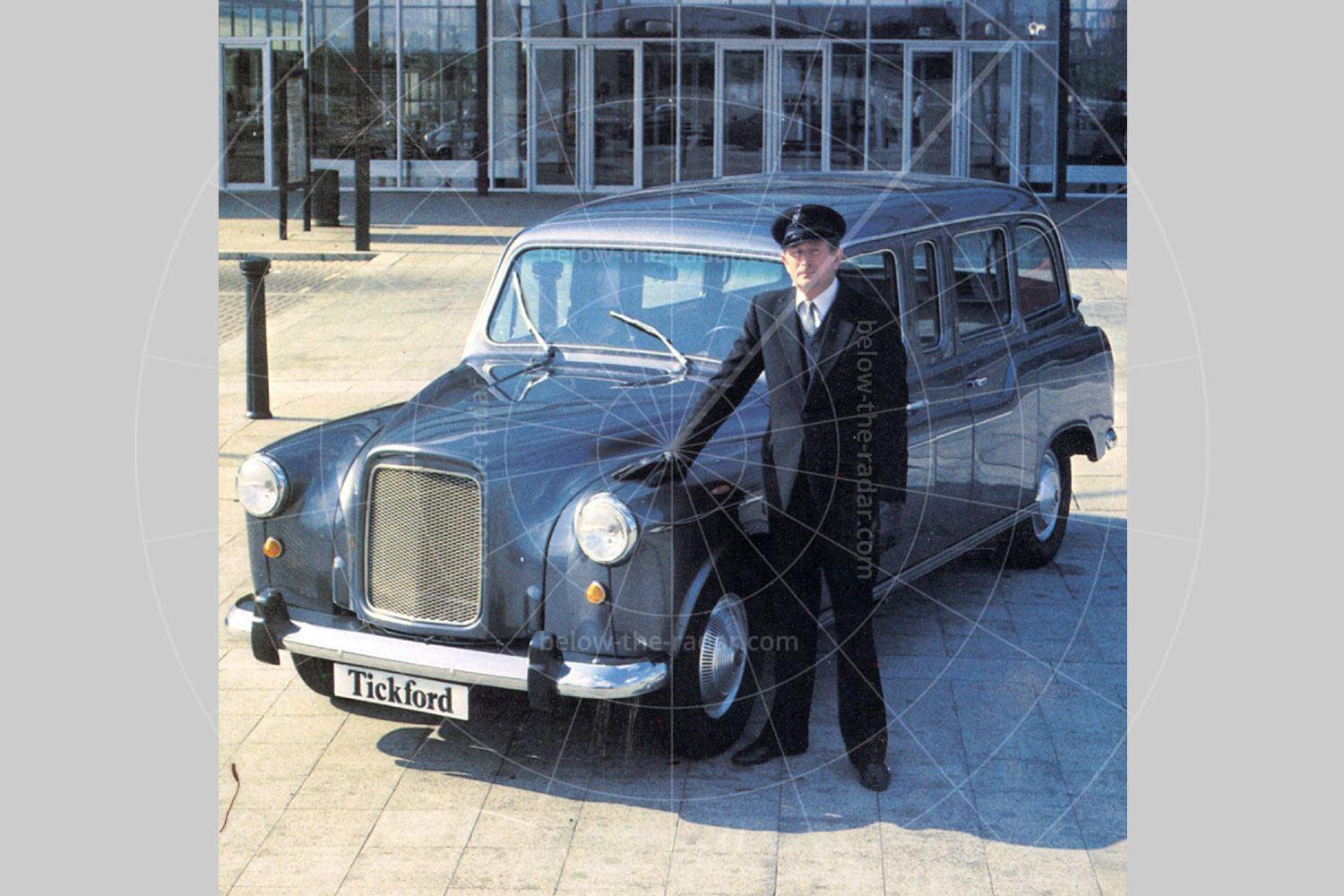In 1883 Andreas Glas set up an agricultural machinery repair company, which passed to his son Hans in 1920. By this point the company derived much of its income from manufacturing farming equipment rather than merely maintaining it, but as business declined in the post-war years, Hans Glas decided that it was time to diversify into making cars.
Glas reckoned that the greatest opportunity was in the small-car market; vehicles that were built down to a price so they were also cheap to buy as well as to run. The result was the Glas Goggomobil, which came in two-door saloon and coupé forms, while there was also a van. Introduced in 1954, at first power came from a 245cc two-cylinder engine, with 293cc and 392cc units being introduced in 1957.
Very affordable to buy and run, eminently practical and well-made too, the Goggomobils proved very popular, with more than a quarter of a million of them being sold over a 14-year production run. By this time (in 1966) Glas had been bought by BMW, which initially continued to sell an array of Glas models, although the brand was killed off entirely when the final Goggomobils were made in 1969.
Meanwhile, on the other side of the world was Bill Buckle, who was a Sydney-based racing driver and car dealer/importer. He owned Buckle Motor, a large plant which prepared cars from Armstrong-Siddeley, Citroën, Borgward, Goliath, Lloyd, and De Soto trucks for the Australian market. While his business was a very large enterprise, Buckle didn't want to just import and sell cars; he wanted to be a manufacturer too.
Buckle had been inspired, as had many entrepreneurs in the early fifties, by the possibilities of glassfibre as a body construction material. He took two years to develop a high-quality car, the Cobra-like Buckle GT 2.5-litre coupe, based on Ford Zephyr components, of which 20 examples were built from 1957.
In Australia there was a ready market for a light, economical car, so Buckle travelled to Bavaria in Germany to meet with the director of the largest, most successful small car firm in Europe, Hans Glas in Dingolfing. Despite the language barrier Buckle managed to secure a licence for building Goggomobil cars in Australia. Rather than importing whole cars though, he would import only the chassis and running gear, which would save him plenty in import duties.
Using his experience with glassfibre from building his own cars, Buckle created moulds from original Glas Goggomobil cars and produced near-exact copies of the saloon and coupé bodyshells, which were then turned into complete cars in his Buckle Motors factory; sales began in 1958. Incidentally, the slab-sided Goggomobil transporter received a much more bulbous unique-to-Australia body.
While the Buckle-built saloon, coupé and van were essentially Australian-built German cars (albeit with a locally produced bodyshell), the Goggomobil Dart was Buckle’s own creation. He designed it himself in 1958, then gave his drawings to panel beater Stan Brown, who made an aluminium-bodied prototype from which the moulds could be taken. As with the other Goggomobils, the standard pressed-steel platform chassis was used, with just five months elapsing between Buckle's first sketches and that first running prototype.
The Dart was much easier to mould than the other models, due to its lack of doors, which made a big difference to bodyshell stiffness. The Dart's bodyshell was made in two halves, and they were bolted together at the waistline. A dashboard, headlight nacelles, a boot lid and air intakes completed the assembly. Quite a few parts from the saloon were carried over, including the badges, lights, and the boot lid grille, while the windscreen was a Renault Dauphine rear window.
The pressed-steel chassis featured swing axles front and rear, along with telescopic dampers and coil springs, while braking was by 10-inch drums all round. The rack-and-pinion steering was light and direct, and as with the rest of the running gear, the engines were borrowed from the Goggomobil saloon and coupé, which meant a choice of 293cc or 392cc two-cylinder air-cooled engines with either 15bhp or 18.5bhp. Just under 12 feet long and weighing a mere 761lb (345kg) thanks to its lightweight glassfibre bodyshell, the Dart was quick and agile; with the bigger engine it was claimed to be capable of 70mph.
Even better, the Dart was eminently affordable; when launched it was priced at the equivalent of just £685, when an Austin Healey Frogeye Sprite was £1174. But the Dart wasn't just cheap to buy; it was brilliantly cheap to run too, as it was easily capable of 55mpg and it required a minimum of servicing, all of which could be done at home.
Once the Dart had been introduced in June 1959, Buckle's factory couldn't keep up with demand, with production peaking at seven cars per day. But sadly the good times soon came to an end when a 40% sales tax was slapped on cars from 1960. Sales didn't grind to a halt completely but they slowed dramatically, and when the Mini arrived soon after, that killed off the Dart altogether, with the final cars being built in September 1961. The Mini was a completely different type of car in theory, but in practice it offered an immense amount of fun for not much money, plus it was a lot more usable than the Goggomobil, which is why production ended after just 697 Darts had been built, along with 5000 or so Goggomobil saloons, coupés and vans.
| Vital statistics | |
|---|---|
| Produced | 1959-1961, Australia |
| Number built | 697 |
| Engine | Rear-mounted, 293cc/392cc, 2-cylinder |
| Transmission | 4-speed manual, rear-wheel drive |
| Power | 15bhp or 18.5bhp |
| Top speed | 60mph/70mph |
| 0-50mph | 27 seconds |
| Price | £685 |
- The Goggomobil Dart pictured was sold by RM Sotheby's in 2013, for $54,050. Many thanks to RM Sotheby's for the use of the pictures to illustrate this article.

